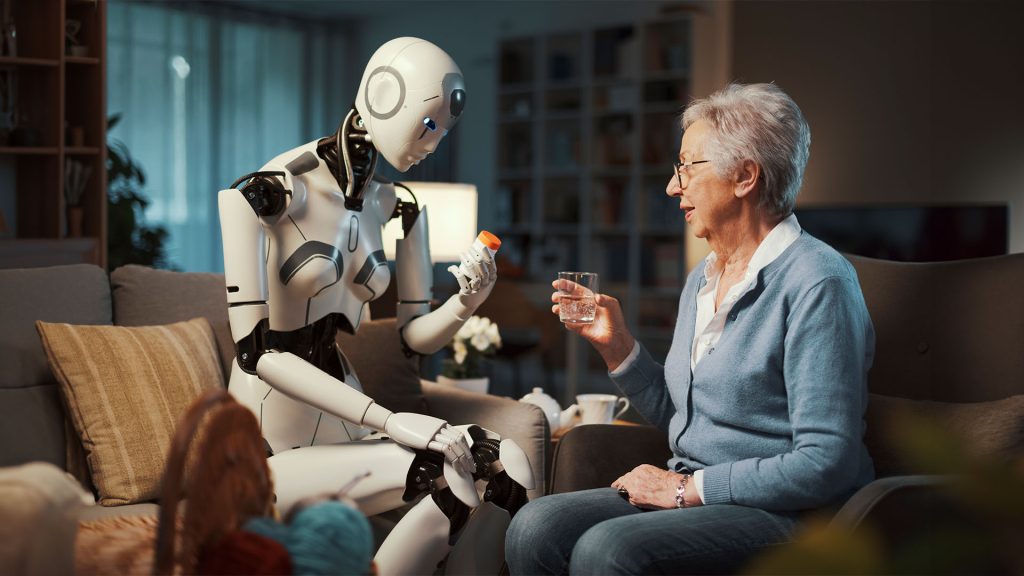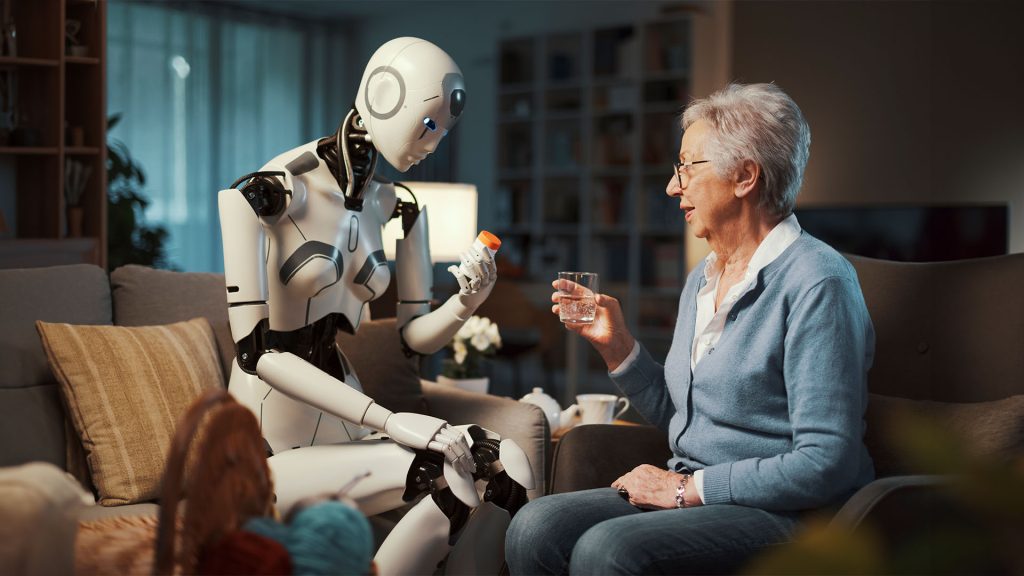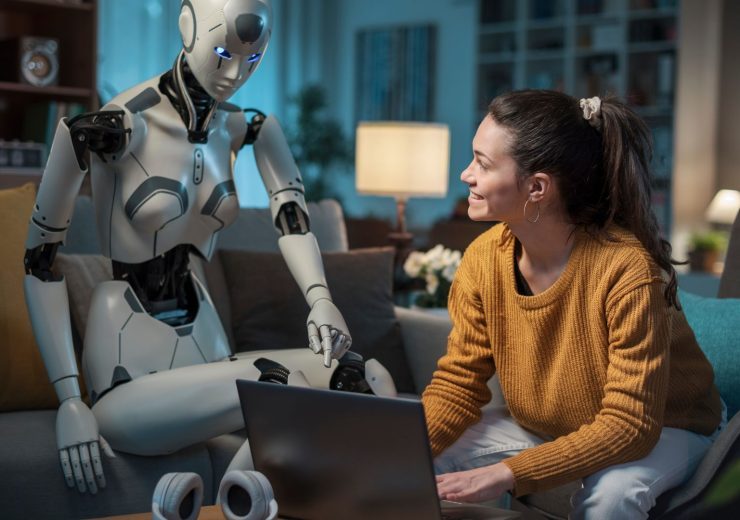Embracing the Future: How AI-Powered Robots Are Revolutionizing Elderly Care


Introduction:
As our world ages, the demand for innovative solutions to support elderly populations is increasing. With advancements in technology, particularly in artificial intelligence (AI), a promising solution is on the horizon: AI-powered robots in elderly care. These robots have the potential to offer companionship, assistance, and support, revolutionizing the way we care for our elderly loved ones.
The Rise of AI in Elderly Care:
In recent years, AI has made significant strides in various fields, from healthcare to finance. Now, its application in elderly care is garnering attention worldwide. AI-powered robots are equipped with sophisticated algorithms and sensors that enable them to interact with and assist elderly individuals in a multitude of ways.
Companionship and Mental Stimulation:
One of the most significant benefits of AI-powered robots in elderly care is the companionship they provide. Loneliness and social isolation are prevalent among the elderly, leading to adverse health effects such as depression and cognitive decline. AI robots can engage in meaningful conversations, play games, and even provide reminders for medication or appointments, offering companionship and mental stimulation to aging populations.
Assistance with Activities of Daily Living:
As individuals age, they may require assistance with everyday tasks such as dressing, grooming, and meal preparation. AI-powered robots are equipped with dexterous arms, cameras, and sensors that enable them to assist with these activities safely and efficiently. From helping with household chores to reminding seniors to take their medication, these robots can enhance independence and quality of life for elderly individuals.
Monitoring Health and Safety:
Another crucial aspect of elderly care is monitoring health and ensuring safety. AI-powered robots can monitor vital signs, detect falls, and even alert emergency services if necessary. By providing real-time health monitoring and immediate assistance in case of emergencies, these robots offer peace of mind to both seniors and their caregivers.
Addressing Workforce Shortages and Cost Constraints:
The global aging population presents challenges not only in terms of care but also in workforce shortages and cost constraints. AI-powered robots have the potential to alleviate these challenges by supplementing the existing healthcare workforce and reducing the overall cost of care. While initial investment in these technologies may be significant, the long-term benefits in terms of efficiency and effectiveness cannot be overstated.
Ethical Considerations and Human Interaction:
While AI-powered robots offer immense potential in elderly care, it’s essential to address ethical considerations and the importance of human interaction. These robots should complement, rather than replace, human caregivers, as nothing can replace the warmth and empathy of human connection. Furthermore, ensuring the privacy and dignity of elderly individuals should be paramount in the development and deployment of AI technologies in this field.
Conclusion:
The future of elderly care is bright with the advent of AI-powered robots. By providing companionship, assistance with activities of daily living, and monitoring health and safety, these robots have the potential to enhance the quality of life for aging populations worldwide. However, it’s crucial to approach their integration with careful consideration of ethical implications and the importance of human interaction. With thoughtful implementation, AI-powered robots can revolutionize elderly care and usher in a new era of support and compassion for our seniors. #ElderlyCare #AI



